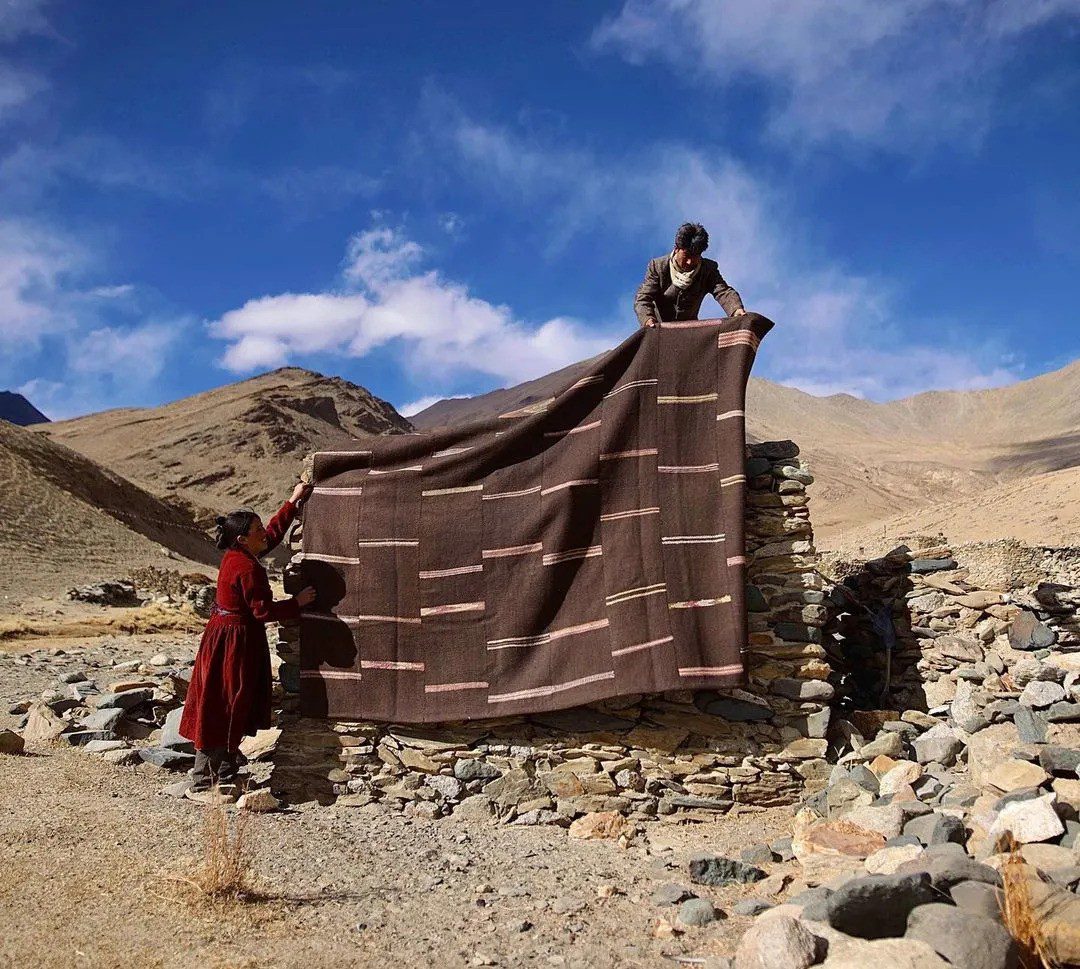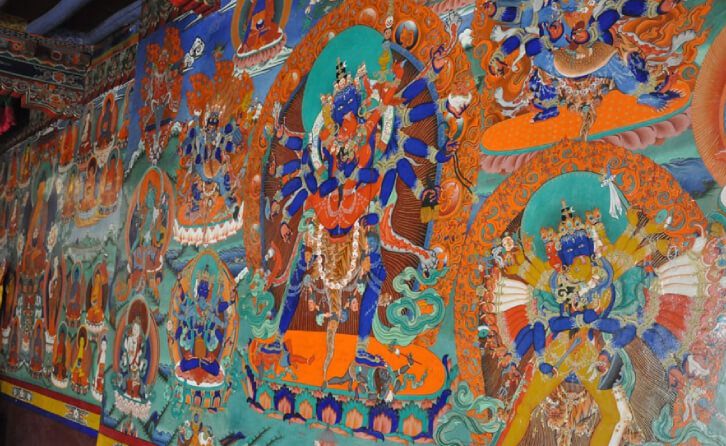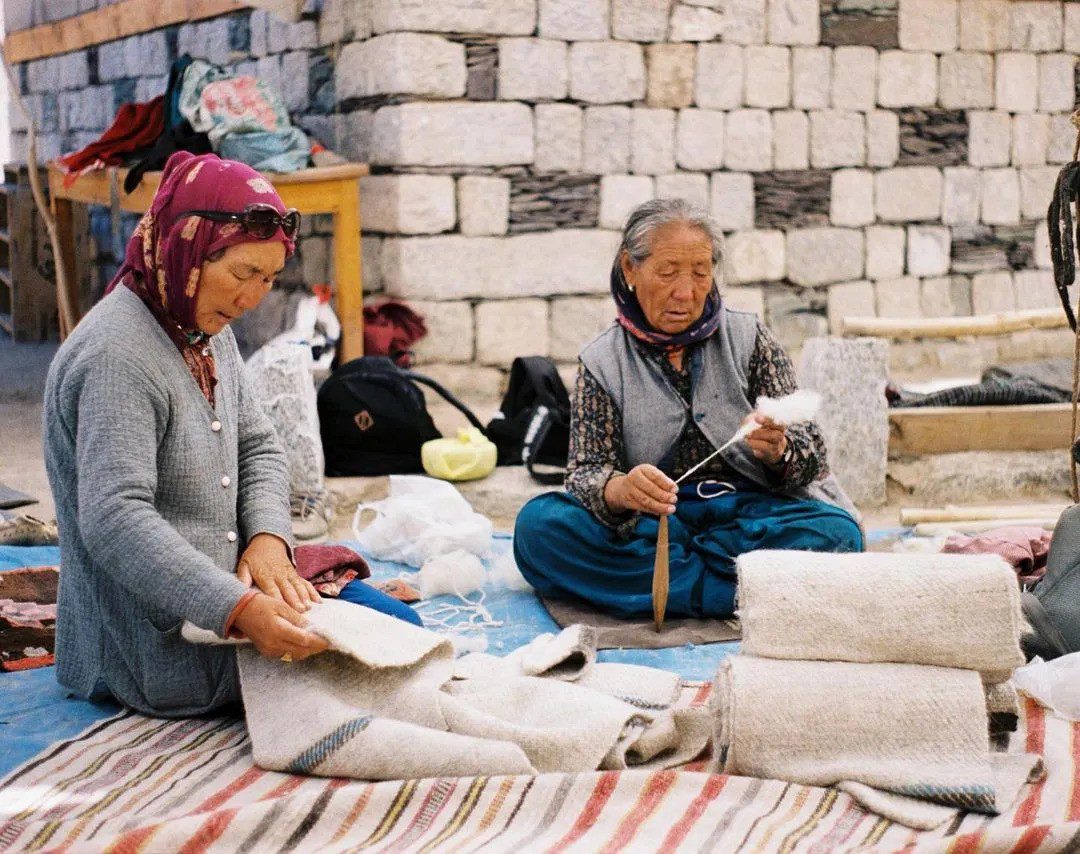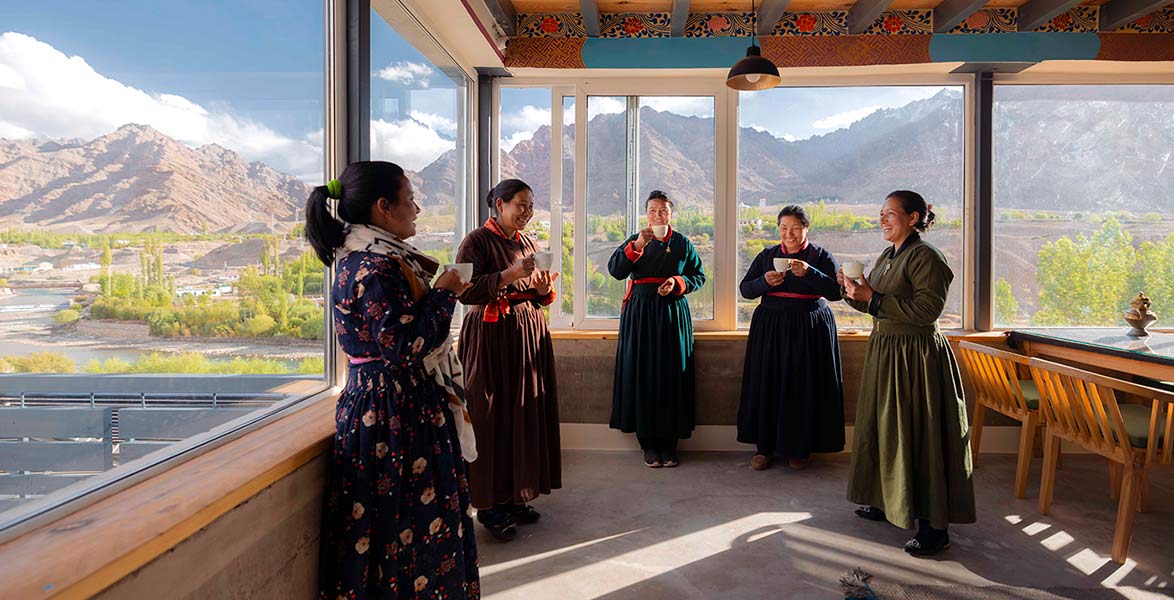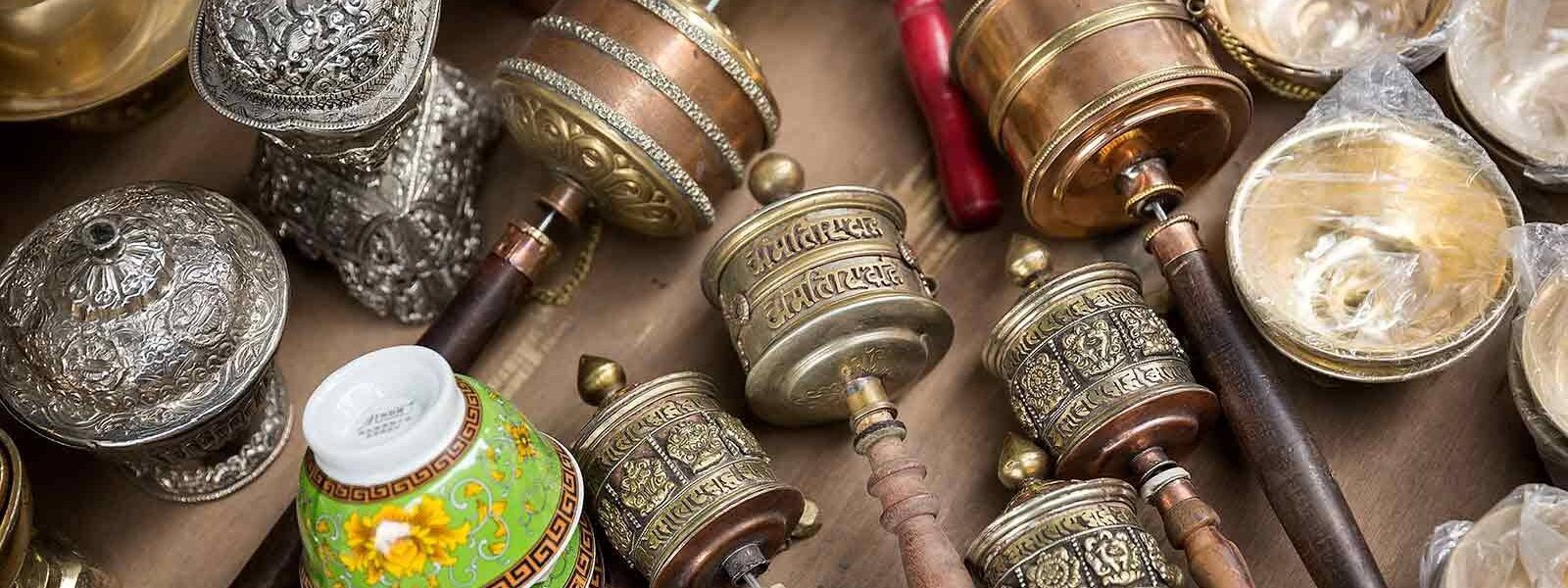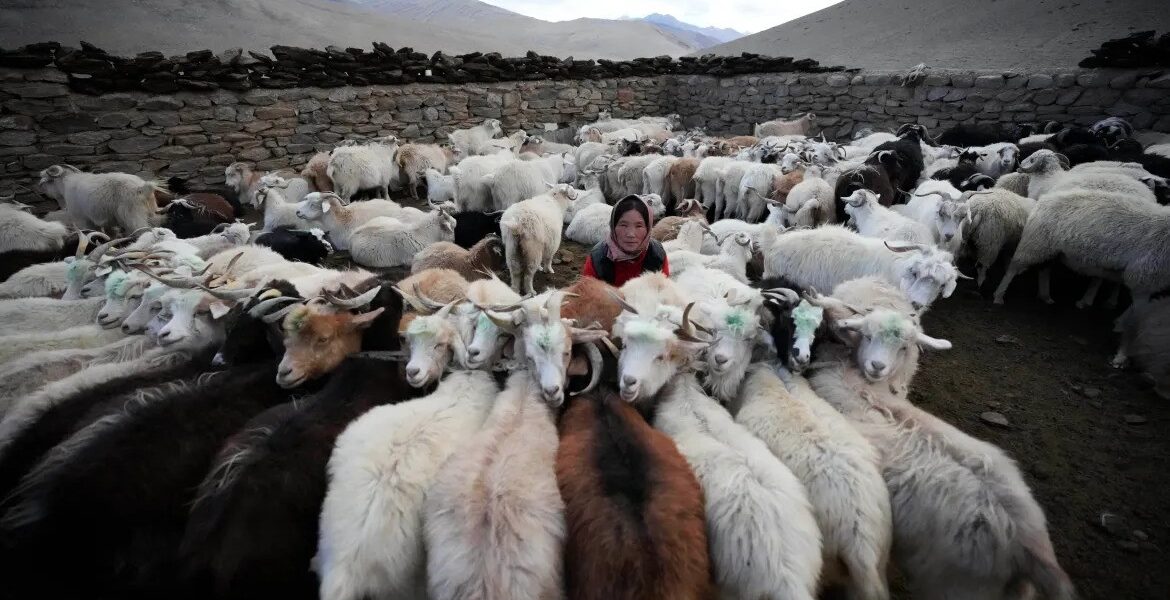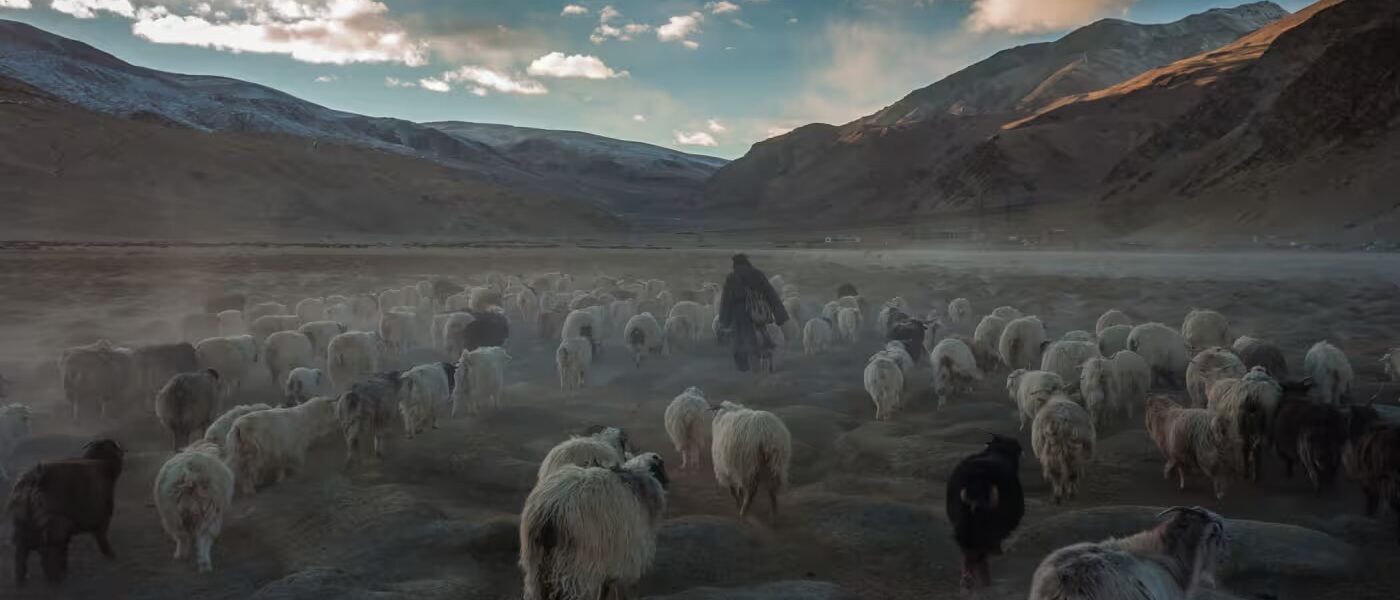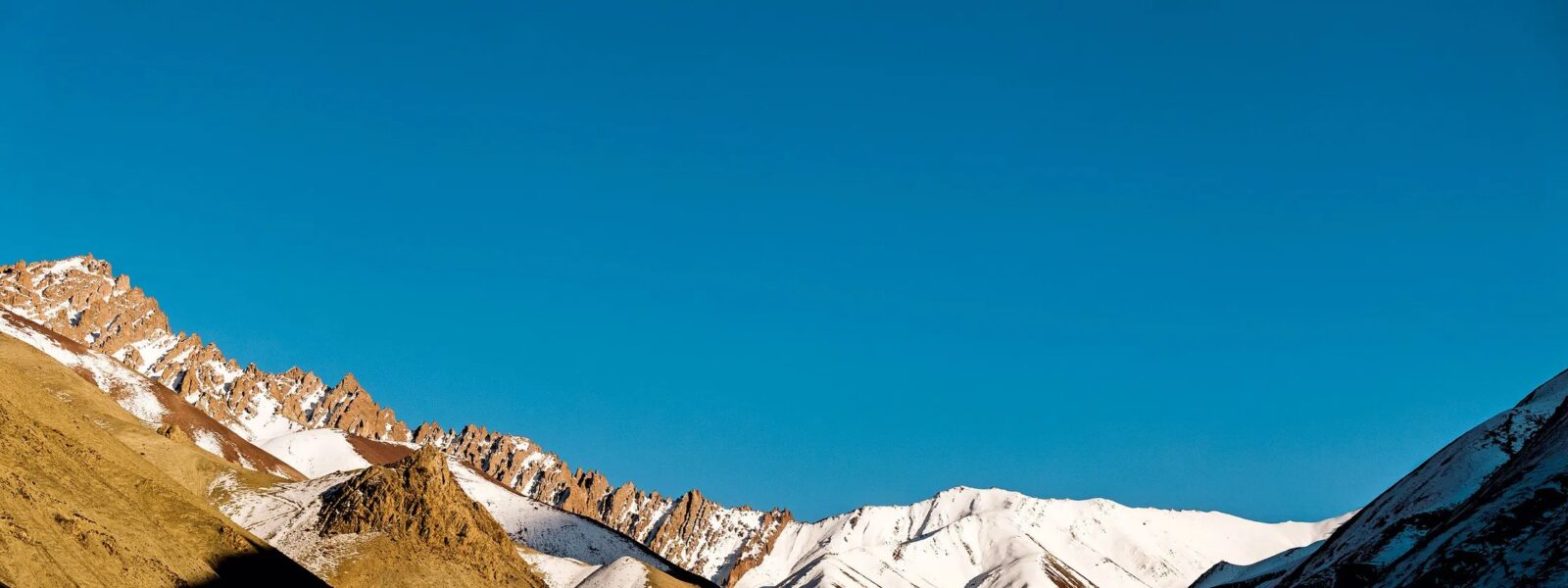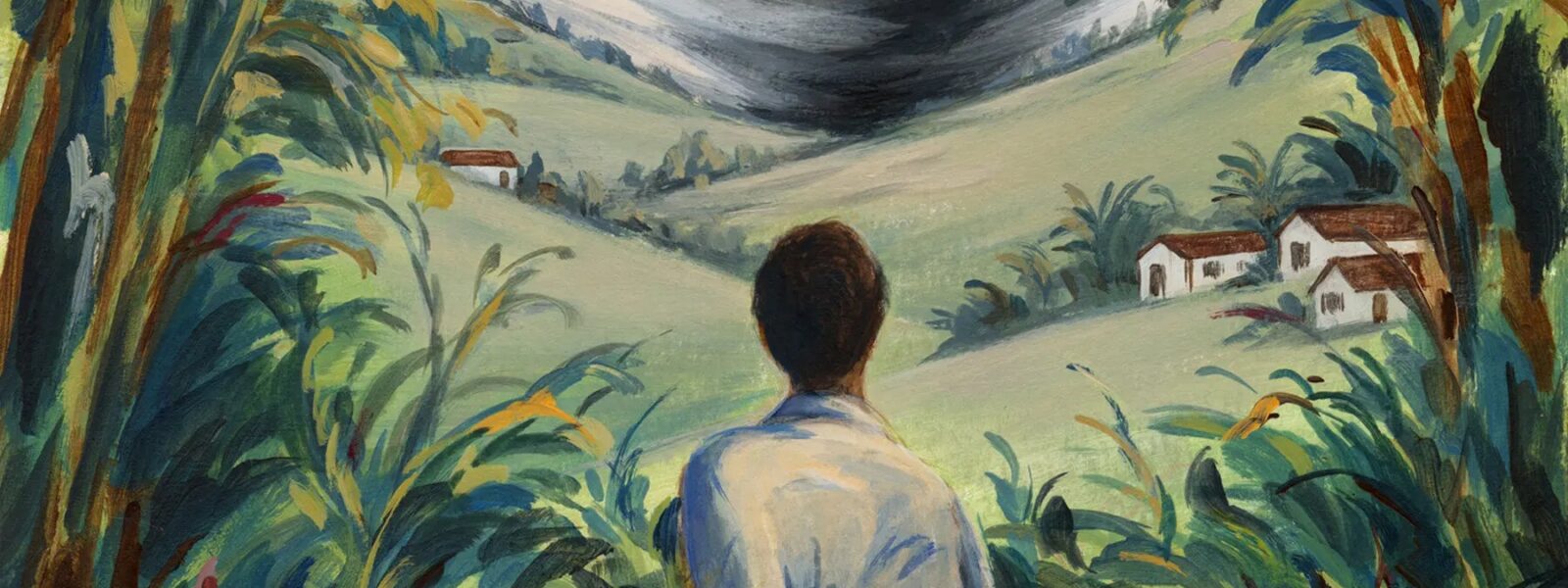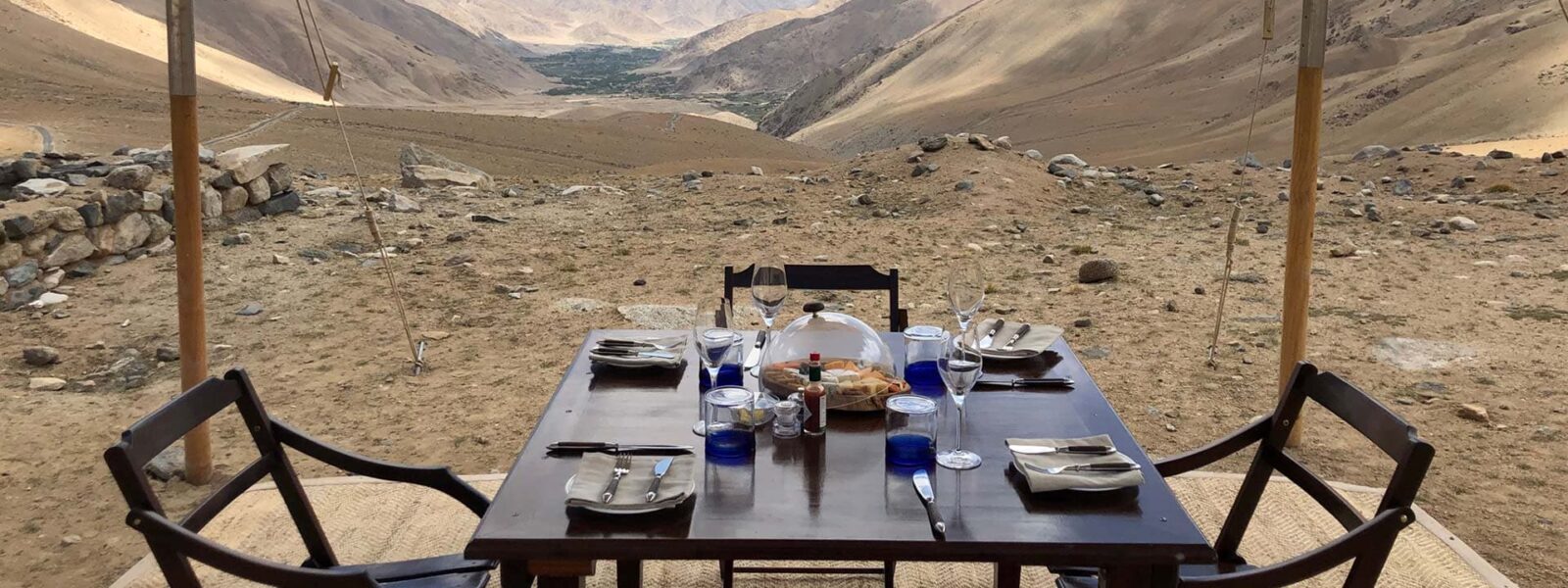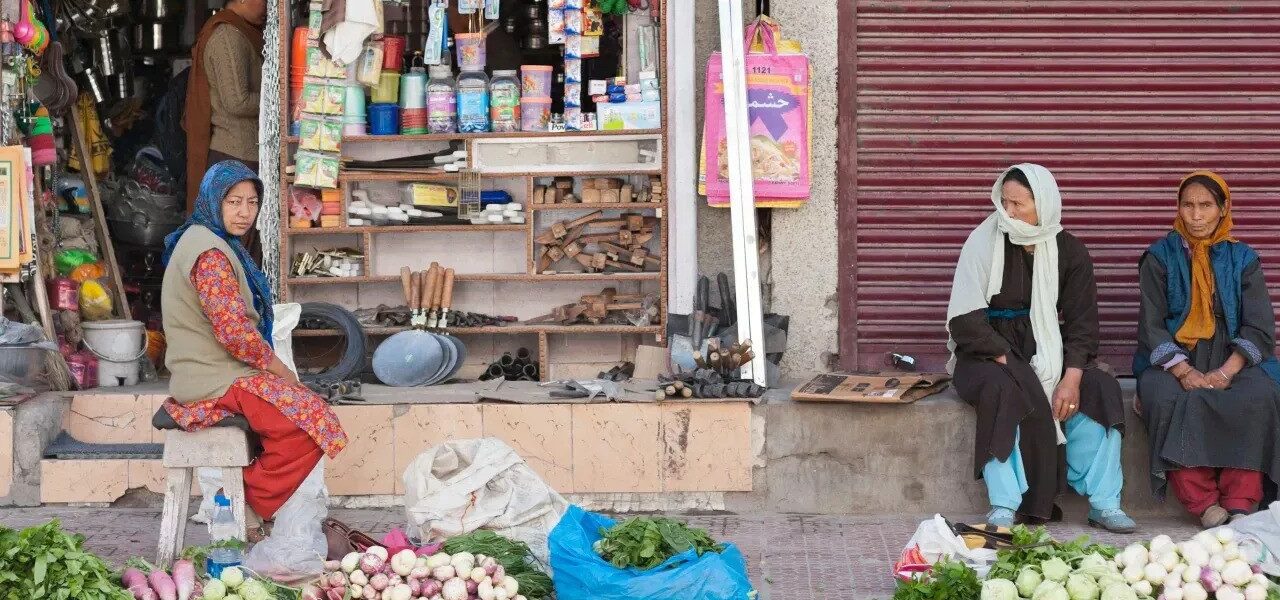Ladakh, a region nestled in the majestic Himalayas, is known not only for its breathtaking landscapes but also for its unique and ancient traditions. The art forms and craftsmanship of Ladakh reflect centuries of history, spirituality, and cultural exchange. Unfortunately, many of these crafts are now endangered, facing the dual threats of modernization and changing socio-economic conditions. Preserving these traditions is essential for maintaining the identity and heritage of Ladakh, as well as supporting the artisans whose livelihoods are closely tied to these crafts.
The Rich Cultural Heritage of Ladakh
A Glimpse into Ladakh’s Unique Art Forms
Ladakh’s craftsmanship includes a range of art forms shaped by both indigenous traditions and Buddhist influences. For centuries, Ladakhi artisans have created everything from intricate Thangka paintings to handwoven Pashmina shawls, using techniques passed down through generations. These art forms have deep connections to the spiritual and cultural fabric of Ladakhi life, making them valuable cultural

“Visiting Ladakh opened my eyes to a world of art and history I’d never imagined. Each piece of art tells a story!”
– Ravi Singh, Teacher, India
Tibetan and Buddhist Influence on Ladakhi Craftsmanship
With a rich Buddhist heritage, Ladakhi art incorporates many Tibetan elements, particularly in religious iconography and craftsmanship. Ladakhi artisans often craft Thangka paintings, which are portable, scroll-style artworks depicting Buddhist deities and mandalas. These paintings are significant in Buddhist rituals, making Thangka art both a sacred practice and a cultural treasure. Unfortunately, fewer artisans are practicing this intricate art form due to its demanding nature and the growing preference for modern decor.
“The level of detail in Ladakhi art, especially the Buddhist Thangkas, is extraordinary. You can sense the devotion that goes into each stroke.”
– Amelie Dubois, Art Historian, France
Endangered Art Forms of Ladakh
Thangka Painting – Ladakh’s Spiritual Canvas
Thangka paintings are not just art pieces; they serve as spiritual aids in Buddhist meditation. Crafted with meticulous detail, they require a deep understanding of Buddhist symbolism and iconography. However, fewer artisans today have the training needed to create these complex paintings, and the demand for mass-produced art has pushed this tradition to the brink.
“Seeing a Thangka painting being made was inspiring. It’s an art that deserves global recognition.”
– Sarah Johnson, Artist, USA
Ladakhi Pashmina Weaving – A Dying Textile Tradition

Ladakh is famous for its high-quality Pashmina wool, woven into luxurious shawls that have been revered worldwide for centuries. Ladakhi weavers use a blend of skills to spin, dye, and weave this fine wool into beautiful garments. Unfortunately, machine-made imitations and limited access to the global market are pushing this traditional craft towards extinction.
“When I bought a handwoven Pashmina shawl in Leh, I felt connected to a heritage that goes back centuries. The quality is incomparable.”
– Liam Thompson, Travel Blogger, Australia
| Attribute |
Handwoven Ladakhi Pashmina |
Machine-Made Imitations |
| Quality |
High-quality, soft texture |
Lower quality, less soft |
| Environmental Impact |
Low (eco-friendly) |
Higher (due to chemicals) |
| Cost |
Higher, supports artisans |
Lower, supports mass production |
Traditional Wood Carving and Sculpture in Ladakh
Wood carving in Ladakh is prominent in monastic interiors, altars, and religious statues. Artisans create intricate designs with spiritual motifs, often used in Buddhist temples and monasteries. This skill, however, is dwindling due to limited resources, as the skills required are time-consuming and often lack modern-day appeal.
“Owning a piece of Ladakhi woodwork feels like owning a piece of Ladakh’s spirituality.”
– Carlos Garcia, Anthropologist, Spain
Challenges Facing Ladakh’s Artisans and Crafts
Impact of Modernization on Ladakh’s Traditional Arts

The effects of modernization are apparent in Ladakh, where industrial goods are replacing handcrafted items, and traditional art forms struggle to find a place in the globalized market. Younger generations are shifting towards more profitable professions, which threatens the continuity of these crafts. Without adequate support, many of Ladakh’s unique art forms risk disappearing.
“It’s disheartening to see local crafts decline. Supporting artisans should be a priority in regions with such a rich cultural heritage.”
– Mei Chen, Cultural Activist, Taiwan
Economic and Social Barriers for Ladakhi Artisans
Economic challenges compound the difficulties faced by Ladakhi artisans. Limited market access, competition with mass-produced goods, and changing tastes mean that these traditional crafts often fetch lower prices. For artisans, the time and resources needed to create these items rarely provide sufficient income, deterring the younger generation from learning these skills.
| Barrier |
Impact on Artisans |
| Market Access |
Limits income potential |
| Competition with Modern Goods |
Less demand for traditional crafts |
| Low Income |
Discourages youth from learning |
“Artisans work hard to preserve traditions, but without economic stability, they’re fighting a losing battle.”
– Elena Rosetti, Historian, Italy
Efforts to Preserve and Revive Ladakh’s Traditional Arts
Government and NGO Initiatives for Cultural Preservation
To safeguard Ladakh’s endangered crafts, various government programs and non-governmental organizations (NGOs) support cultural preservation. Initiatives include providing financial aid to artisans, promoting their products in broader markets, and offering training programs to the younger generation. These programs help ensure that traditional art forms remain economically viable.

“Seeing NGOs collaborate with local artisans gives hope for the future of these crafts.”
– Arjun Patel, NGO Worker, India
Tourism’s Role in Sustaining Ladakhi Traditions
Tourism plays a significant role in sustaining Ladakh’s art forms by increasing demand for traditional products, providing artisans with a stable income, and raising awareness about the importance of these crafts. Programs promoting responsible tourism encourage visitors to purchase authentic, locally-made handicrafts, which directly supports the artisan communities.
“I’m grateful I could buy directly from local artisans. It’s the best way to bring a piece of Ladakh home and support the community.”
– Emma Olsen, Tourist, Norway
Empowering Ladakh’s Youth to Continue Traditional Crafts
Youth engagement is crucial for the survival of Ladakh’s crafts. Training programs and workshops help younger generations learn these skills, instilling in them pride in their heritage. This approach not only preserves the crafts but also provides the youth with a viable livelihood option, helping to sustain the local economy.
“It’s inspiring to see young Ladakhis learn from their elders and keep these skills alive.”
– Rajesh Kaur, Entrepreneur, India

Unique Artisanal Techniques and Materials Used in Ladakh
Indigenous Techniques in Ladakhi Weaving and Embroidery
Ladakhi artisans use natural fibers and dyes to weave and embroider textiles. Each garment tells a story, with patterns often inspired by local folklore, and the craft itself is eco-friendly, with minimal impact on the environment. Techniques such as hand-spinning and weaving have been preserved through generations, though fewer artisans practice them today due to limited resources and economic constraints.
The Art of Metalwork and Jewelry Making in Ladakh
Ladakhi metalwork, particularly in jewelry, reflects the cultural diversity of the region. Artisans work with silver, turquoise, and other gemstones to create traditional jewelry pieces. The skills required to craft these items, however, are rare, and the tradition risks being lost if the younger generation does not take up the craft.
Environmental Threats to Ladakh’s Traditional Crafts
Climate change is affecting the availability of materials like Pashmina wool, wood, and other natural resources. As the environment changes, Ladakhi artisans face greater challenges in sourcing these materials. This poses yet another threat to the continuation of traditional craftsmanship, as artisans struggle to adapt their methods or find suitable alternatives.
“Climate change affects everything, even our traditions. Supporting sustainable crafts is one way to help.”
– Oliver Mason, Environmentalist, UK
Conclusion: The Path Forward for Ladakh’s Endangered Traditions
Preserving Ladakh’s endangered crafts requires a combined effort from government, NGOs, tourism, and individuals who value cultural heritage. By supporting local artisans, promoting traditional products, and raising awareness, we can help sustain these unique traditions. Protecting Ladakh’s artistry means not only saving a part of its history but also empowering communities whose lives depend on it.

FAQs
Why are Ladakh’s traditional art forms endangered?
Modernization, economic hardships, and environmental changes are major threats to these ancient crafts.
What are some examples of endangered craftsmanship in Ladakh?
Thangka painting, Pashmina weaving, wood carving, and traditional jewelry making are among the most endangered crafts.
How can tourism help preserve Ladakh’s art forms?
Tourism brings financial support to artisans by encouraging the purchase of local products, thereby providing a market for traditional crafts.
What are the main challenges faced by Ladakhi artisans?
Artisans face limited market access, competition with cheaper mass-produced goods, and fluctuating income levels.
Are there any preservation initiatives for Ladakh’s traditional crafts?
Yes, several government and NGO initiatives aim to support artisans through financial aid, training, and market promotion.
How can individuals support the preservation of Ladakh’s art and culture?
By purchasing authentic, locally-made products, visiting responsibly, and supporting preservation programs.
Forgotten Traditions of Ladakh
Forgotten Traditions of Ladakh | The journey through Ladakh mirrors the very essence of unraveling unknown horizons, as its dramatic landscapes and unique cultural identity awaken the deepest sense of wonder and exploration. Forgotten Traditions of Ladakh delves into this realm where inner peace intertwines with the wild, untouched beauty of Ladakh. From the snow-capped peaks to the serene monasteries, every step in Ladakh is a step toward self-discovery. The mountains, ancient paths, and unspoken mysteries stretch before travelers, offering a meditative experience where each encounter feels both effortless and transformative. Whether it’s trekking across remote valleys or sitting quietly beside a sacred lake, Ladakh invites those who seek a deeper connection to the natural and spiritual world.

Forgotten Traditions of Ladakh
The monasteries of Ladakh stand as living monuments to the region’s profound spiritual heritage. With origins dating back over a thousand years, these ancient structures are both places of worship and repositories of art, culture, and wisdom. Hemis Monastery, one of the largest in Ladakh, is renowned for its annual festival, featuring colorful mask dances performed by monks. The history of these monasteries reflects Ladakh’s role as a crossroads between India, Tibet, and Central Asia, where religious and cultural influences have intertwined over the centuries.
The Tibetan Buddhist influence is especially evident in the architecture and daily life of the monks. Prayer wheels, intricate murals, and the soft hum of chants fill the air as visitors explore the monastery grounds. Each monastery, from the remote Lamayuru to the awe-inspiring Thiksey, offers a window into the spiritual heart of Ladakh. These centers of meditation, learning, and community life continue to thrive, preserving traditions that have shaped Ladakh for generations.
Why Visit Ladakh for Forgotten Traditions of Ladakh?
Ladakh is a destination that transcends mere travel. It offers a journey that touches both the outer and inner landscapes, making it a perfect setting for those who seek to unravel their own unknown horizons. The region’s breathtaking scenery—from towering mountain ranges to hidden valleys—provides not just an escape but a space for contemplation and growth. Ladakh’s culture, deeply rooted in Buddhist practices, invites visitors to reflect on their own lives and the world around them.
Ladakh’s people, known for their warmth and hospitality, add to the richness of the experience. Villages like Sumda Chun and the legendary Nubra Valley introduce travelers to a way of life that is intricately connected to nature and spirituality. Staying in local homestays allows for immersive experiences where one can learn about traditional Ladakhi customs, share meals made from local produce, and participate in community rituals.

Beyond its natural beauty, Ladakh offers a unique opportunity to explore oneself. The vastness of the region’s plateaus and the clarity of its skies seem to mirror the vastness of the human spirit. Whether it’s standing atop a mountain pass at 18,000 feet or meditating in a centuries-old monastery, Ladakh helps unravel the unknown horizons within each traveler.
Finding the Best Forgotten Traditions of Ladakh in Ladakh
Finding the best places in Ladakh to experience “Forgotten Traditions of Ladakh” involves venturing off the beaten path. Ladakh’s lesser-known treks, such as those leading to secluded monasteries or high-altitude lakes, offer unparalleled opportunities for solitude and reflection. The Markha Valley trek, for instance, takes travelers through verdant valleys, ancient villages, and high-altitude passes, allowing for both physical and spiritual exploration.
Ladakh’s iconic lakes, including Pangong Tso and Tso Moriri, are ideal spots for quiet contemplation. Their still waters reflect the sky, creating a mesmerizing landscape that feels timeless and infinite. Sitting beside these lakes, especially at dawn or dusk, brings an overwhelming sense of peace and connection with nature.

For those interested in Ladakh’s spiritual heritage, exploring monasteries such as Alchi, Phyang, or Diskit can be a transformative experience. These sites are not just places of worship but also centers of art, philosophy, and wisdom. Visiting these monasteries, with their ancient murals and intricate statues, offers insight into Ladakh’s rich cultural tapestry.
Ladakh’s Atmosphere and Forgotten Traditions of Ladakh
Ladakh’s atmosphere is unlike any other place on Earth. The stark contrasts between the rugged mountains and the serene, tranquil monasteries create an environment that feels both raw and sacred. The traditional decor in Ladakhi homes and religious sites reflects this balance, with mud-brick houses adorned with prayer flags and colorful thangkas (Buddhist paintings) that add warmth and spiritual meaning to the space.

The interiors of Ladakhi homes, often simple and functional, are filled with symbols of devotion. Small shrines dedicated to Buddhist deities are common, and the air is often fragrant with incense. The use of earthy materials, like stone and wood, along with brightly colored textiles, creates an inviting and peaceful space, perfect for relaxation and reflection.
Traditional Ladakhi Cuisine
Traditional Ladakhi cuisine is an integral part of the region’s identity, offering a unique blend of flavors that reflect its harsh climate and remote location. Hearty, warming dishes such as thukpa (noodle soup) and momos (dumplings) provide the sustenance needed to endure Ladakh’s cold temperatures. Skyu, a thick stew made with root vegetables and barley, is another staple of the Ladakhi diet, designed to nourish both body and spirit.

Drinks like butter tea, made with yak butter and salt, are a must-try for anyone visiting Ladakh. This rich, savory drink is not only warming but also hydrating, making it essential for those venturing into the high-altitude regions of Ladakh. Chang, a local barley beer, is often enjoyed during festivals and community gatherings, adding a sense of joy and camaraderie to any occasion.
Live Cultural Forgotten Traditions of Ladakh in Ladakh
Ladakh is home to a vibrant cultural scene, with festivals and live performances held throughout the year. The Hemis Festival, which celebrates the birth of Guru Padmasambhava, is one of the largest and most famous events in the region. Monks dressed in elaborate costumes perform cham dances, which depict the triumph of good over evil. The energy of the festival, with its bright colors, rhythmic music, and elaborate rituals, draws visitors from around the world.
Other local festivals, such as the Losar (New Year) and Ladakh Festival, provide visitors with the chance to witness traditional dance, music, and crafts that have been passed down through generations. These events are more than just entertainment; they are a celebration of Ladakh’s rich cultural heritage and its deep connection to the spiritual world.
Trekking and Outdoor Activities Forgotten Traditions of Ladakh
Ladakh is a trekker’s paradise, offering some of the most stunning and challenging routes in the world. From the famous Forgotten Traditions of Ladakh, which follows the frozen Zanskar River, to lesser-known routes like the Sham Valley or Nubra Valley treks, Ladakh’s landscape offers endless possibilities for adventure and discovery. The high-altitude passes, such as Khardung La and Chang La, offer breathtaking views of snow-capped peaks and sprawling valleys.

Wildlife enthusiasts will also find Forgotten Traditions of Ladakh to be a haven for rare species such as the snow leopard, Himalayan blue sheep, and the Tibetan wild ass. Winter expeditions to spot the elusive snow leopard in the Hemis National Park are gaining popularity among wildlife photographers and conservationists alike.
The Importance of Preserving Ladakh’s Forgotten Traditions of Ladakh
Ladakh’s rich cultural and environmental Forgotten Traditions of Ladakh is under increasing threat from climate change and mass tourism. Preserving this unique region requires careful attention to sustainable tourism practices. Choosing eco-friendly accommodations, supporting local businesses, and participating in community-led conservation efforts are just a few ways that visitors can contribute to the preservation of Ladakh’s natural and cultural heritage.
Ladakh’s people have a long history of living in harmony with their environment, practicing sustainable agriculture, and maintaining a deep spiritual connection to the land. Visitors are encouraged to follow the same principles, leaving no trace and respecting the fragile ecosystems that make Ladakh so special.
Etiquette and Tips for Visiting Forgotten Traditions of Ladakh
Before visiting Ladakh, it’s essential to understand and respect the region’s customs and traditions. As a deeply spiritual place, Ladakh requires visitors to dress modestly, especially when visiting monasteries or attending religious ceremonies. Always ask for permission before taking photographs inside monasteries or of local people.
Medical Forgotten Traditions of Ladakh
Spa trail Forgotten Traditions of Ladakh
Forgotten Traditions of Ladakh

When Forgotten Traditions of Ladakh, remember to stay on designated paths to avoid damaging fragile ecosystems. Tipping is appreciated but not expected in most settings, and it’s important to carry cash, as many remote areas do not accept credit cards. Lastly, be mindful of altitude sickness and take the necessary precautions when traveling to higher elevations.
Conclusion: Enjoying Forgotten Traditions of Ladakh in Ladakh
Ladakh is a place where the physical and spiritual worlds converge, offering travelers a journey unlike any other. Whether you’re trekking across high-altitude deserts, exploring ancient monasteries, or simply sitting in quiet reflection by a mountain lake, Ladakh invites you to unravel your own unknown horizons. By respecting the region’s traditions and practicing sustainable tourism, you help ensure that Ladakh’s beauty and cultural richness will be preserved for future generations to explore and enjoy.

